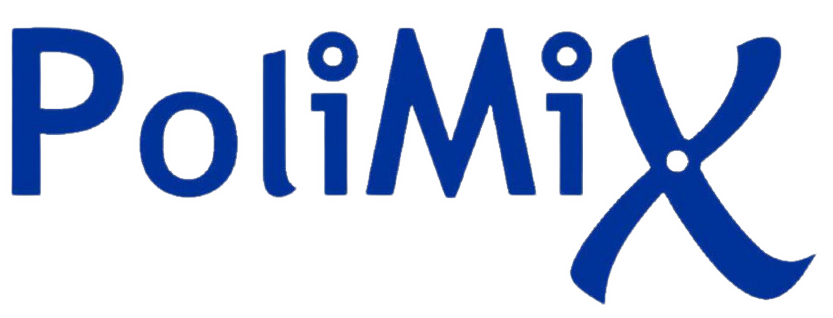by Bachar, Nimrod, Koteras, Kacper, Gawraczynski, Jakub, Trzciński, Waldemar, Paszula, Józef, Piombo, Riccardo, Barone, Paolo, Mazej, Zoran, Ghiringhelli, Giacomo, Nag, Abhishek, Zhou, Ke-Jin, Lorenzana, José, Van Der Marel, Dirk and Grochala, Wojciech
Abstract:
Charge-transfer insulators are the parent phase of a large group of today’s unconventional high-temperature superconductors. Here we study experimentally and theoretically the interband excitations of the charge-transfer insulator silver fluoride AgF2, which has been proposed as an excellent analog of oxocuprates. Optical conductivity and resonant inelastic x-ray scattering on AgF2 polycrystalline sample show a close similarity with that measured on undoped La2CuO4. While the former shows a charge-transfer gap ∼3.4 eV, larger than in the cuprate, dd excitations are nearly at the same energy in the two materials. Density functional theory and exact diagonalization cluster computations of the multiplet spectra show that AgF2 is more covalent than the cuprate, in spite of the larger fundamental gap. Furthermore, we show that AgF2 is at the verge of a charge-transfer instability. The overall resemblance of our data on AgF2 to those published previously on La2CuO4 suggests that the underlying charge-transfer insulator physics is the same, while AgF2 could also benefit from a proximity to a charge density wave phase as in BaBiO3. Therefore, our work provides a compelling support to the future use of fluoroargentates for materials’ engineering of novel high-temperature superconductors. © 2022 authors.
Reference:
Charge-Transfer and dd excitations in AgF2 (Bachar, Nimrod, Koteras, Kacper, Gawraczynski, Jakub, Trzciński, Waldemar, Paszula, Józef, Piombo, Riccardo, Barone, Paolo, Mazej, Zoran, Ghiringhelli, Giacomo, Nag, Abhishek, Zhou, Ke-Jin, Lorenzana, José, Van Der Marel, Dirk and Grochala, Wojciech), In Physical Review Research, volume 4, 2022.
Bibtex Entry:
@ARTICLE{Bachar2022,
author = {Bachar, Nimrod and Koteras, Kacper and Gawraczynski, Jakub and Trzciński, Waldemar and Paszula, Józef and Piombo, Riccardo and Barone, Paolo and Mazej, Zoran and Ghiringhelli, Giacomo and Nag, Abhishek and Zhou, Ke-Jin and Lorenzana, José and Van Der Marel, Dirk and Grochala, Wojciech},
title = {Charge-Transfer and dd excitations in AgF2},
year = {2022},
journal = {Physical Review Research},
volume = {4},
number = {2},
doi = {10.1103/PhysRevResearch.4.023108},
url = {https://www.scopus.com/inward/record.uri?eid=2-s2.0-85130079702&doi=10.1103%2fPhysRevResearch.4.023108&partnerID=40&md5=1a002be924f6ea498f4dff700e3f43e9},
abstract = {Charge-transfer insulators are the parent phase of a large group of today's unconventional high-temperature superconductors. Here we study experimentally and theoretically the interband excitations of the charge-transfer insulator silver fluoride AgF2, which has been proposed as an excellent analog of oxocuprates. Optical conductivity and resonant inelastic x-ray scattering on AgF2 polycrystalline sample show a close similarity with that measured on undoped La2CuO4. While the former shows a charge-transfer gap ∼3.4 eV, larger than in the cuprate, dd excitations are nearly at the same energy in the two materials. Density functional theory and exact diagonalization cluster computations of the multiplet spectra show that AgF2 is more covalent than the cuprate, in spite of the larger fundamental gap. Furthermore, we show that AgF2 is at the verge of a charge-transfer instability. The overall resemblance of our data on AgF2 to those published previously on La2CuO4 suggests that the underlying charge-transfer insulator physics is the same, while AgF2 could also benefit from a proximity to a charge density wave phase as in BaBiO3. Therefore, our work provides a compelling support to the future use of fluoroargentates for materials' engineering of novel high-temperature superconductors. © 2022 authors.},
type = {Article},
publication_stage = {Final},
source = {Scopus},
note = {All Open Access, Gold Open Access, Green Open Access}
}

Comments are closed